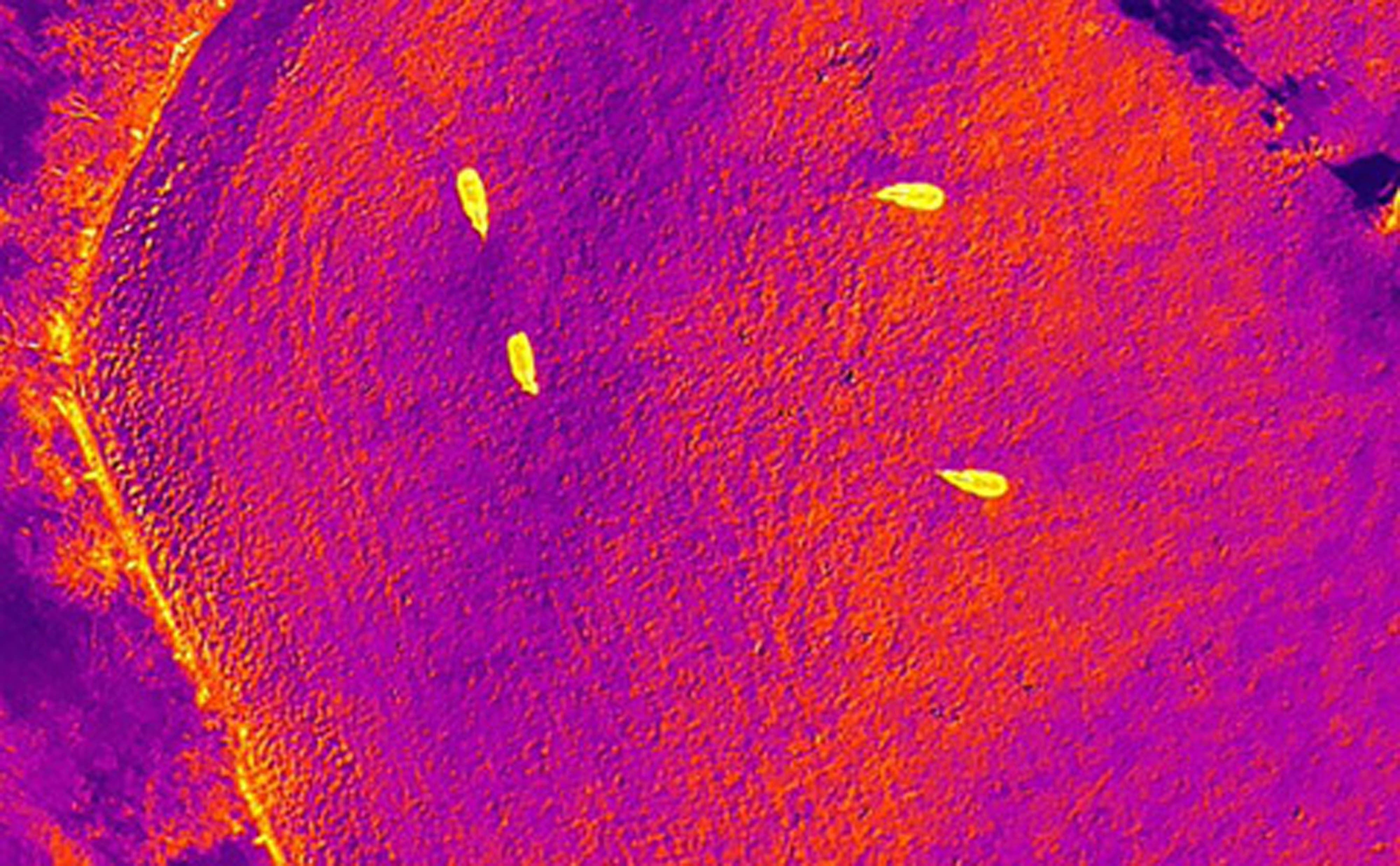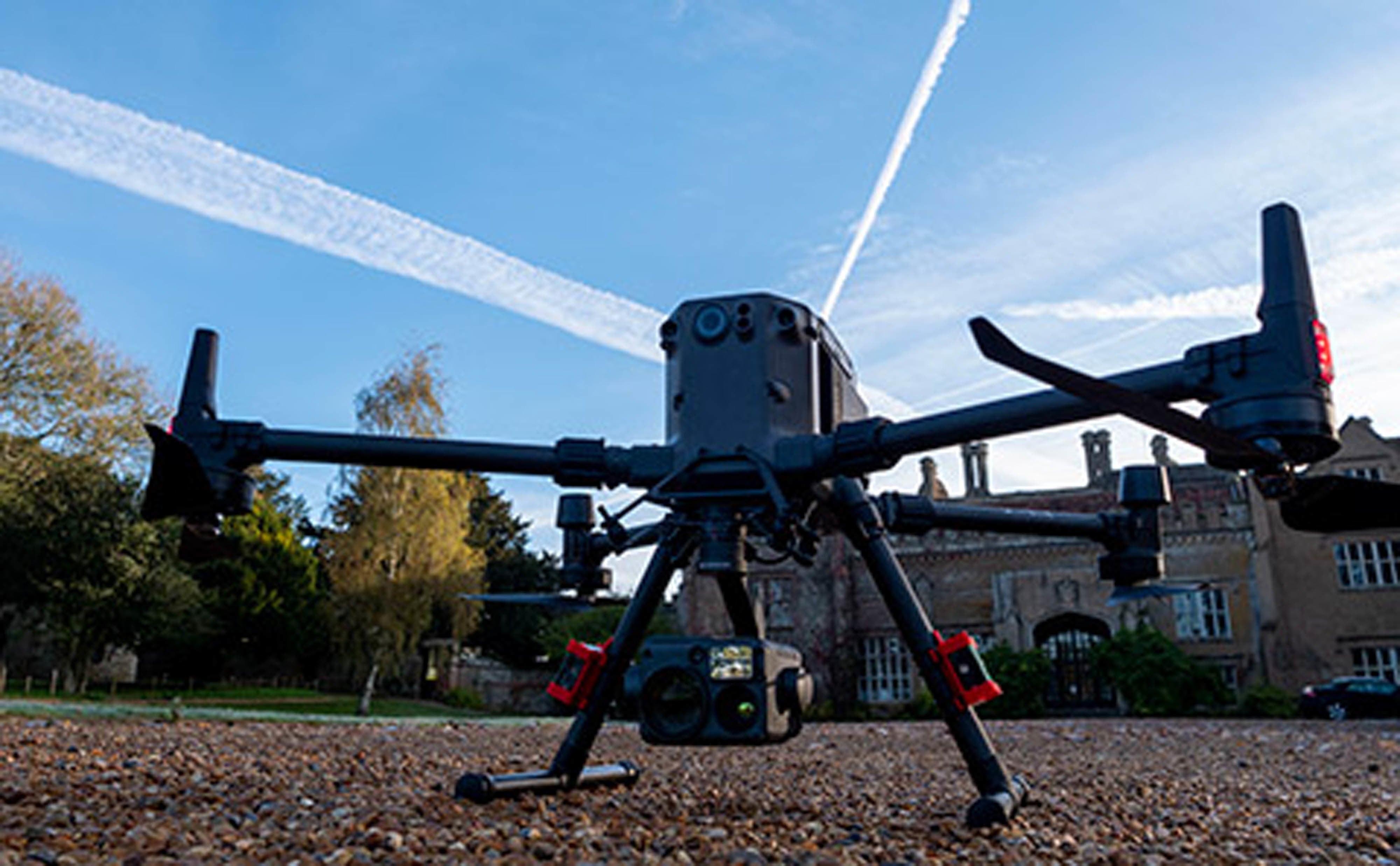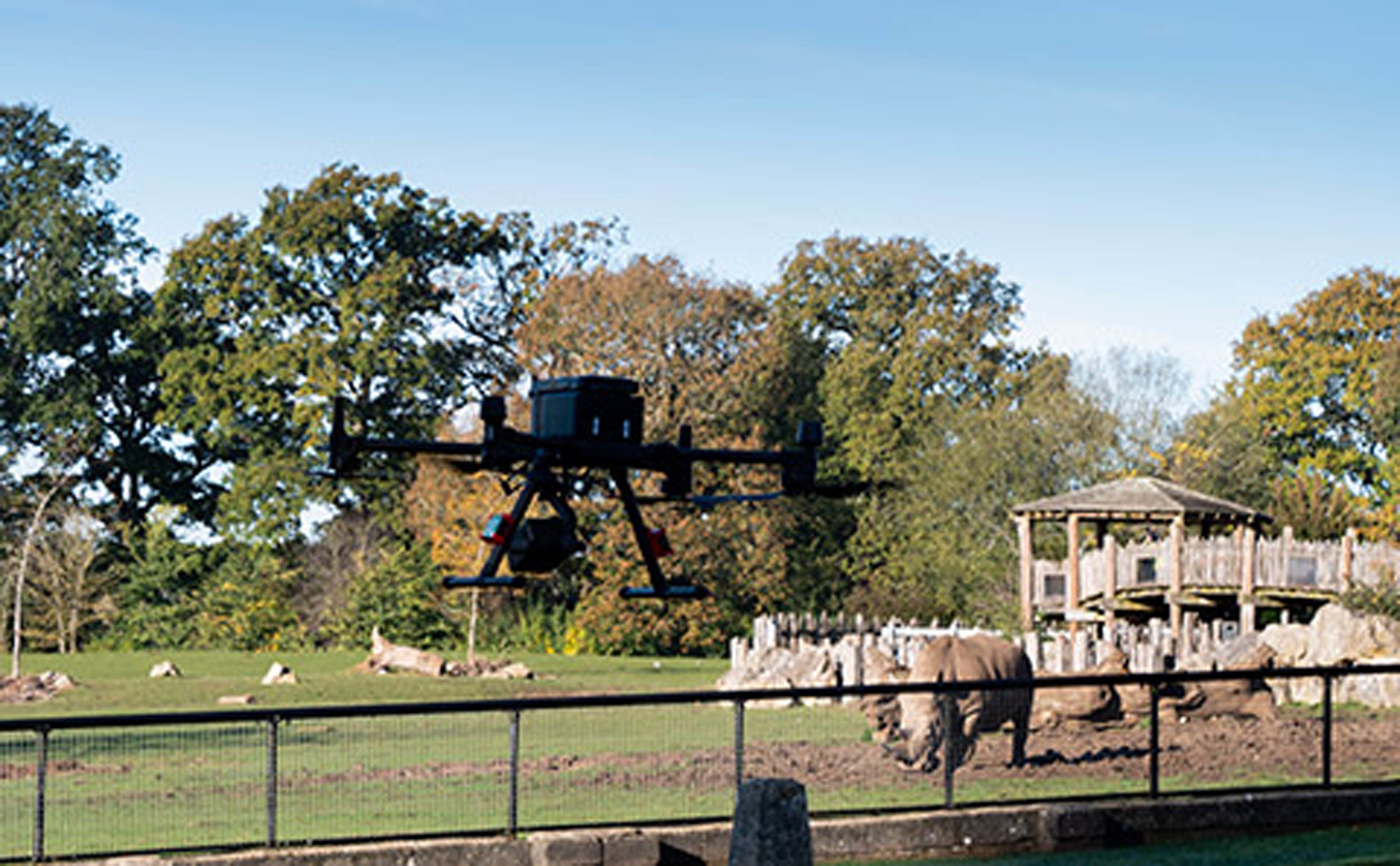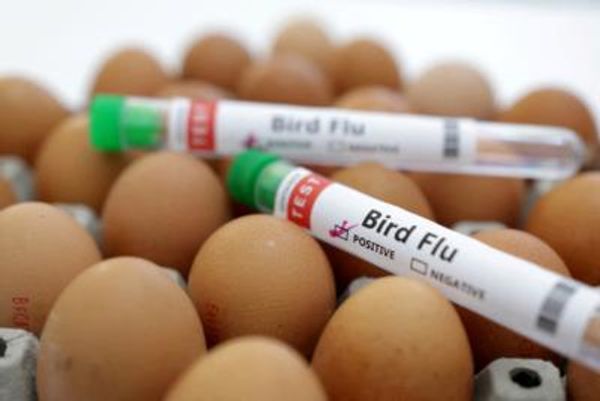
Drones which can see the veins in an animal’s ear from 120 metres above are to be used by a Hampshire zoo as part of plans to monitor snow leopards and other endangered species in the wild.
Marwell Wildlife has partnered with the University of Southampton to develop the uncrewed aerial vehicles (UAVs) to identify and assess animals without disturbing them.
The project will begin by monitoring snow leopard and ungulate species in Altyn-Emel National Park in Kazakhstan and Grevy’s zebra in Kenya.

The team is developing technology that will enable animals to be identified from the sky using thermal imaging, high-definition cameras and artificial intelligence with the aim of differentiating between individual coat patterns.
A spokeswoman for Marwell Wildlife, which runs Marwell Zoo near Winchester, said: “Every zebra, for instance, has a unique stripe pattern and much like a human fingerprint or barcode that can be used to identify an individual.”
Professor Philip Riordan, director of conservation at Marwell Wildlife, added: “The potential applications of existing technologies for wildlife conservation are already huge and largely untapped.
“This project will use what is available and, with our partners, drive further innovations that can help conservationists around the world.”

Marwell Wildlife said the drones had undergone several trials, including two at the Hampshire Zoo.
The charity’s spokeswoman added: “During the most recent trial, the drones were able to capture images with enough detail to clearly see the veins in the ear of a zebra from 120m high.
“Even animals’ shadows can give conservationists information about the animals they’re looking at, for instance, scimitar-horned oryx all look alike from above, but the shadows of males clearly show their horns.
“Zoom features allow our team to check body condition by, for example, checking whether an animal’s pelvis and ribs are particularly visible, an indicator that they might not have access to sufficient resources.”

She added: “Next year UAVs will be deployed in Kazakhstan and Kenya where we’re working with the Grevy’s Zebra Trust and Kenya Wildlife Service.
“The ultimate goal of the project is to develop an adaptable UAV platform that can be made widely accessible to conservationists around the world.
“The trials in Kazakhstan and Kenya will provide case studies and help the project team ensure the technology is able to deliver against the projects needs.
“In time though, drones could be used to monitor wild populations of endangered animals all around the world in a non-invasive, cost effective and mutually beneficial way.”







